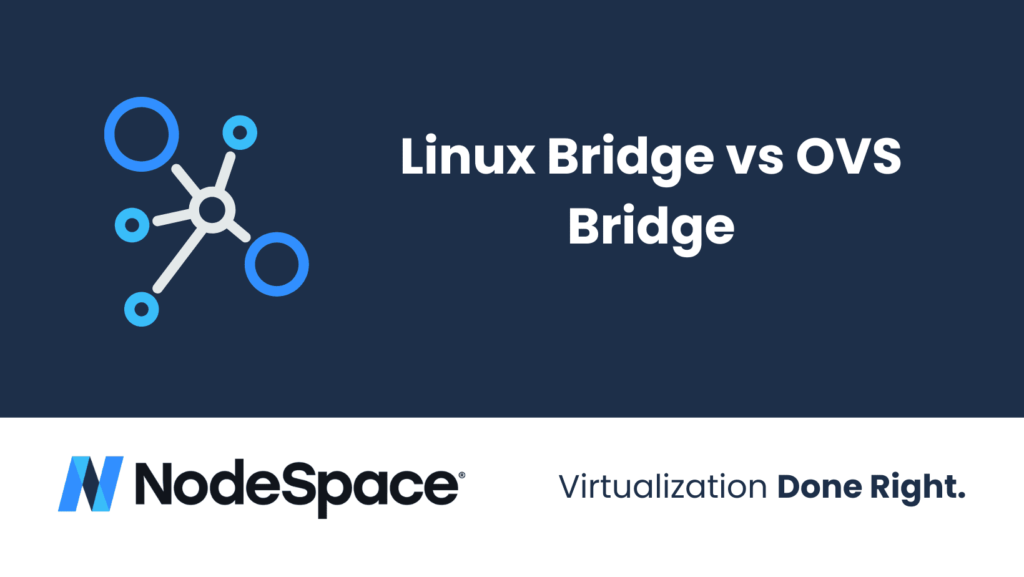If you are interested in virtualization and networking, you may have wondered what is the difference between a Linux bridge and an Open vSwitch (OVS) bridge. These are two software solutions that allow you to connect virtual machines to the physical network interface card (NIC) of the host machine. In this blog post, we will compare and contrast these two options and see which one is more suitable for your needs.
Linux Bridge
A Linux bridge is a simple and reliable solution that has been part of the Linux kernel for a long time. It acts as a virtual switch that bridges the virtual network interfaces of the VMs and the physical NIC of the host. It supports basic features such as VLAN tagging, STP, multicast snooping, etc. It is easy to configure and use, and it works well for most scenarios.
However, a Linux bridge also has some limitations. It only operates at Layer 2 of the OSI model, meaning that it cannot perform routing or filtering based on IP addresses or higher-level protocols. It also lacks advanced features such as QoS, tunneling, mirroring, etc. Moreover, it may not perform well in high-bandwidth or high-traffic situations, as it can become overwhelmed or crash.
Open vSwitch
Open vSwitch (OVS) is a newer and more sophisticated solution that is targeted at large-scale and complex virtualization environments. It is a multilayer virtual switch that can operate at both Layer 2 and Layer 3 of the OSI model. It supports many advanced features such as GRE, VXLAN, Geneve, MPLS, BGP, NetFlow, sFlow, etc. It also integrates well with various management and orchestration tools such as OpenStack, Kubernetes, Docker, etc.
OVS has many advantages over a Linux bridge in terms of functionality and flexibility. However, it also has some drawbacks. It is more complicated to configure and use, and it requires more resources and dependencies on the host machine. It may also introduce some overhead or latency due to its complex processing logic.
Which one should you use?
So, which one is better: a Linux bridge or an OVS bridge? The answer depends on your specific needs and preferences. If you are looking for a simple and reliable solution that works well for most cases, a Linux bridge may be enough for you. If you are looking for a more powerful and versatile solution that can handle large-scale and complex scenarios, an OVS bridge may be more suitable for you.
In any case, you should always test and benchmark your network performance before choosing one option over another. You should also consider other factors such as security, compatibility, scalability, etc. Ultimately, the best solution is the one that meets your demands.



